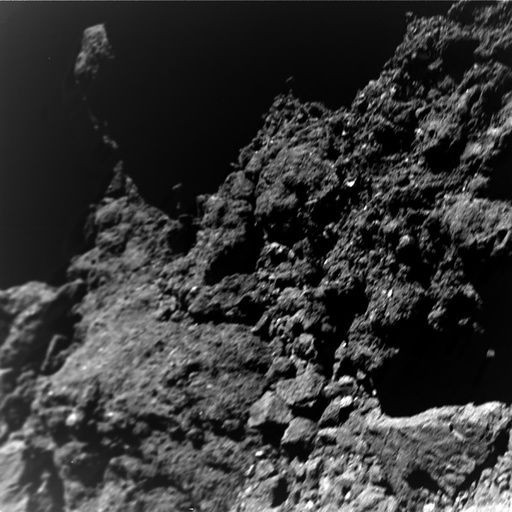NASA Asteroid Shocker: Space Rock Could Prove Humans Can Survive Outside Of Earth

Asteroids skimming past Planet Earth could give important clues on whether or not humans can survive to live in space.
According to a report, a new study courtesy of NASA scientists shows how water can be generated via asteroids and could hold the key to how humans can support colonies in space. The same study can also be applied to research on the moon and how it’s also possible to start building habitable colonies there.
The new study was published in the journal Nature Astronomy and points out how water can actually be replenished in space via the surface of asteroids. This can be done when solar winds and impacting meteoroids react at very low temperatures.
According to Dr. Katarina Miljkovic of Curtin University’s Space Science and Technology Center and lead scientist of the study, the research gives insight into the two components of space weathering which are necessary to maintain water molecules on asteroids.
“This complex process to regenerate surface water molecules could also be a possible mechanism to replenish water supplies on other airless bodies, such as the moon. This research finding has potentially significant implications,” Dr. Miljkovic said.
“We all know the availability of water in the solar system is an extremely important element for habitability in space."
The study is a NASA-funded project that puts focus on Australia's Murchison meteorite, which landed on Earth 50 years ago. Part of the studies simulated weather conditions of an asteroid belt via an improvised weather machine that aims to replicate the conditions of an asteroid's surface.
Energized electrons were then used to simulate solar winds and lasers were also used to mimic small meteoroids slamming into the asteroid. The activity then monitored water molecule levels on the asteroid’s surface.
Based on the assimilation, the team found out that solar winds blast the surface and leave unbonded oxygen and hydrogen atoms to bond, thus creating water in the process. Dr. Miljkovic then reiterated that for the process to be successful, scientists would need laser ablation to replicate micrometeoroid bombardment. In essence, this creates a doable process of “producing” water while in space.
© Copyright IBTimes 2025. All rights reserved.





















